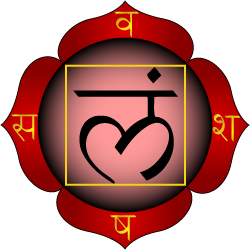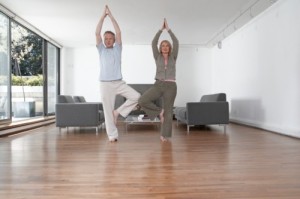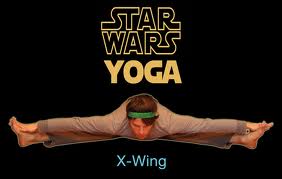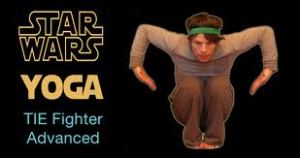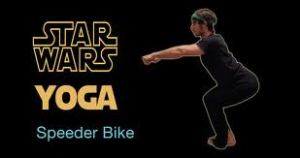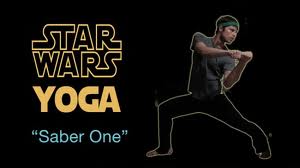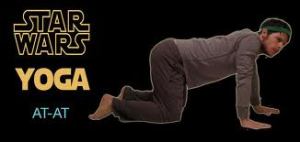The reasons for its popularity are likely, in part, to its athleticism and flowing style. To do another less fluid style and then to do Ashtanga makes one wonder why all yoga practices aren’t structured as fluidly as Ashtanga is. It is truly graceful and efficient, which leads to a healthy and enjoyable practice. It can be athletically challenging, if not prepared, and it is likely advisable to take some introductory yoga classes prior to diving into a full series of Ashtanga. If, however, you are fairly physically fit then you may want to just go for it and get started with Ashtanga right away.
In either case, you should enjoy whichever class you start with and remember that the journey is the destination. There is no rush and there certainly should be no feeling of competition whatsoever. Due to the somewhat rigorous nature of this particular yoga style, athleticism and feelings of competitiveness have actually been issues that occasionally hinder or distract beginning students. This is obviously to be expected when studying such an ancient tradition in a fitness club setting. Regardless, students generally get beyond this and go much deeper into the practice reaping its true rewards which far surpass basic aerobics.
Once ready to begin Ashtanga, it is recommended that you pick up a “sticky mat”. This is a rubber mat that essentially enhances your ability to maintain various postures you will encounter in the class. In India the students of Mr. Jois actually use carpets, but this will likely be much less convenient and will likely be somewhat cumbersome.
Now that you have an introduction to the basics and a shiny new sticky mat, you are ready to jump in a most literal way into Ashtanga yoga training!


